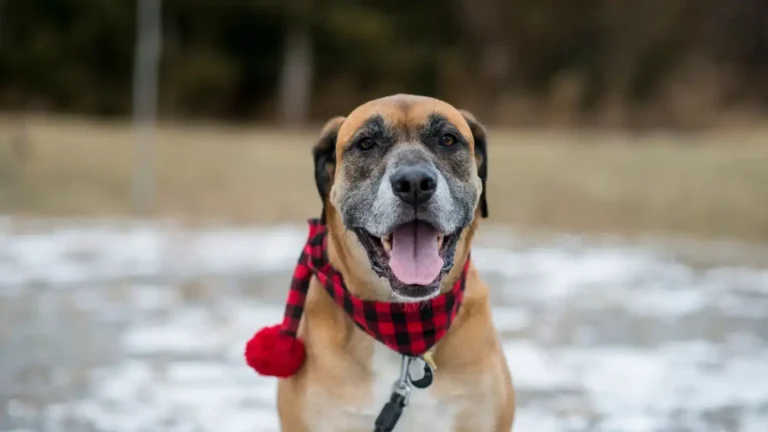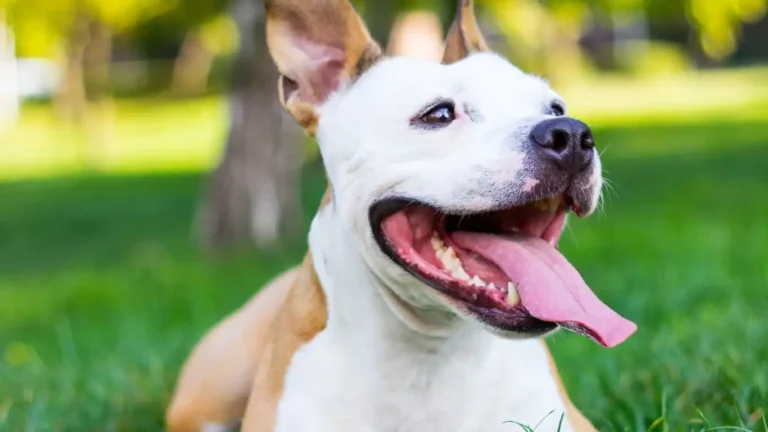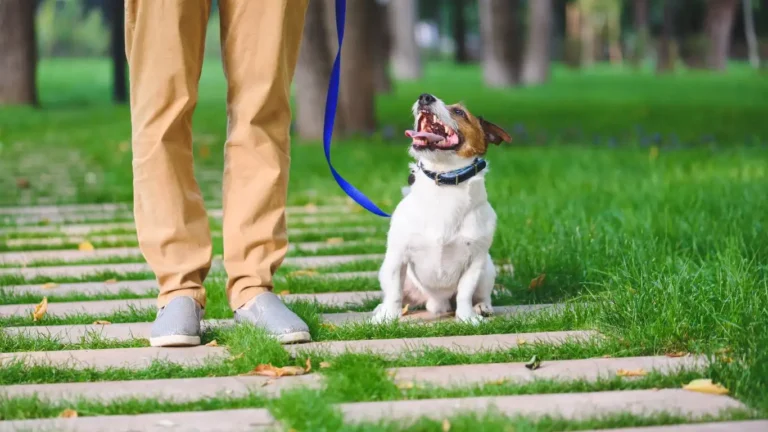How to Train a Dog to Wait at Street Corners for Safer Walks
Training a dog to wait at street corners is one of those essential skills every dog owner should prioritize. From my years working as a Canine-Assisted Therapy Trainer, I’ve seen firsthand how this simple behavior can save lives and make daily walks much safer and more enjoyable. Teaching your dog to pause, observe, and hold position at street corners isn’t just about obedience—it’s about creating a moment of calm in a potentially chaotic environment. And trust me, once your dog masters this, you’ll notice the confidence and focus it builds, both on and off the leash.
Why Teaching Your Dog to Wait at Street Corners Matters
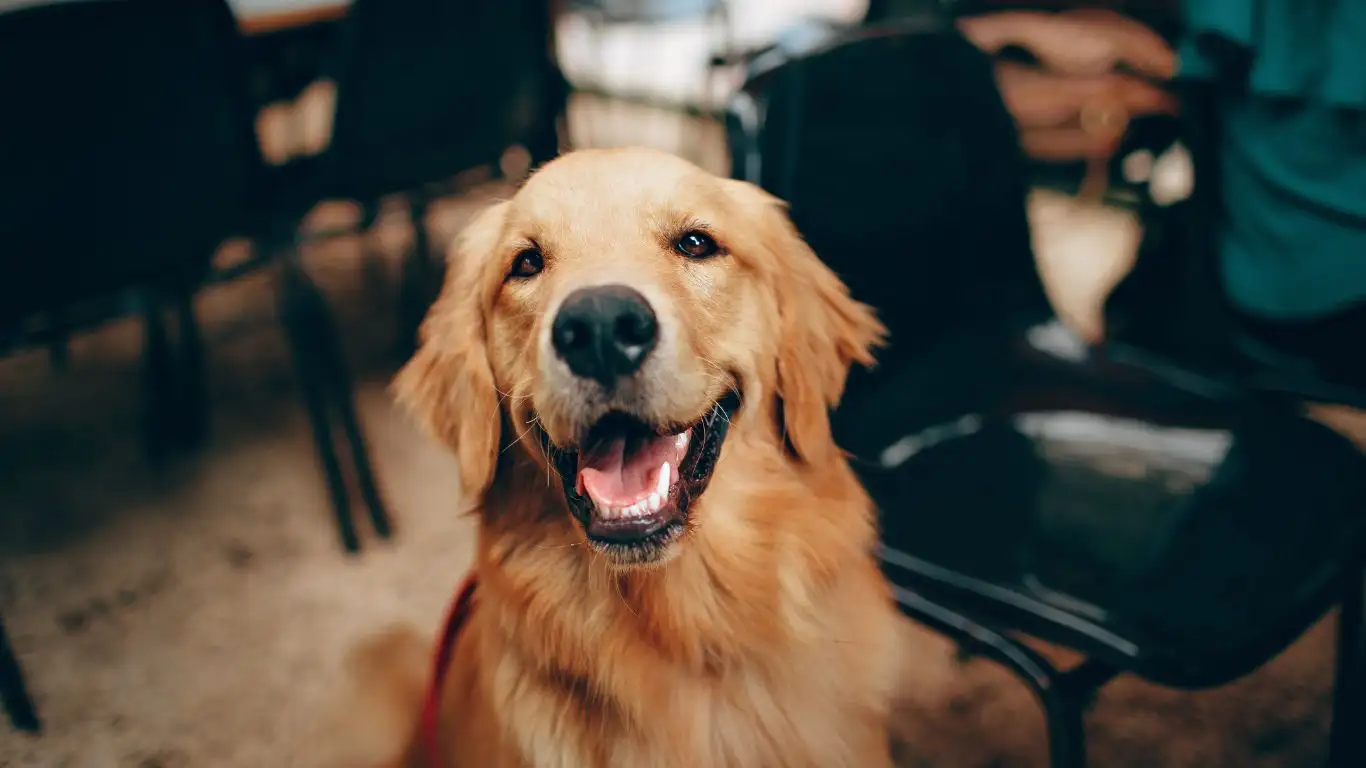
In busy urban areas or even quiet neighborhoods, street corners can be unpredictable. There are cars, cyclists, pedestrians, and sometimes even other dogs or distractions. When a dog knows how to wait patiently at these spots, it lowers the risk of accidents and helps you maintain control without tension or pulling.
From my personal experience, dogs that have undergone proper street corner training tend to walk more calmly overall. It also encourages them to develop better self-control, which makes other obedience tasks easier. Plus, it’s a great way to practice impulse control—one of the toughest things for dogs to learn but so crucial for safety.
What Does ‘Waiting at Street Corners’ Really Mean?
When we say “wait,” it’s not just a quick pause or a glance up at you. A well-trained dog will stop at the curb, look to you for guidance, and remain calm until you give the signal to move on. This involves a few key behaviors:
- Stopping at the edge of the curb without trying to rush into the street.
- Maintaining focus on you or calmly observing the surroundings without pulling or lunging.
- Holding position patiently until you say it’s safe to cross.
This is more than just a trick—it’s a life skill. And yes, it requires patience and consistent practice, but the results are incredibly rewarding.
How to Train a Dog to Wait at Street Corners: Starting With the Basics
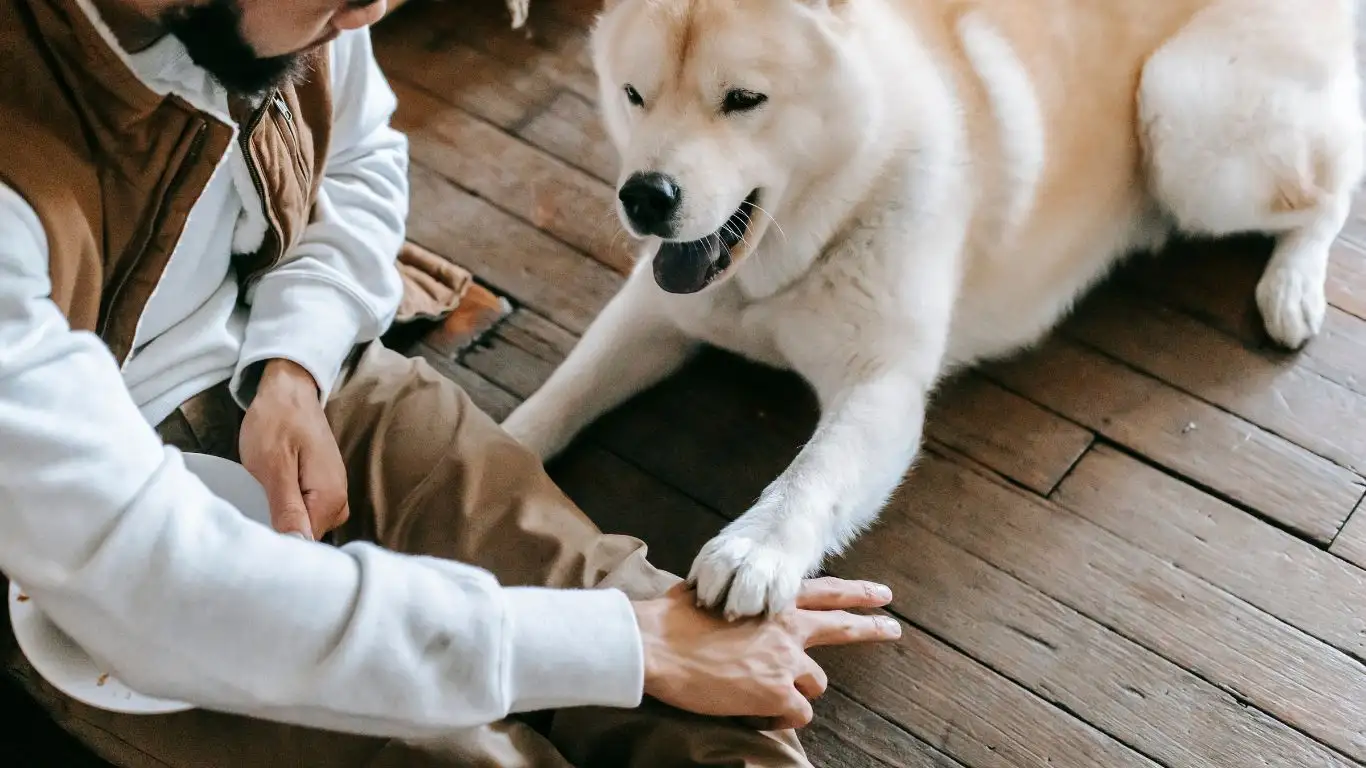
Before you hit the busy streets, you want to build a solid foundation. Here’s a simple step-by-step approach that I often recommend to fellow trainers and dog owners:
- Teach the ‘Wait’ cue in a quiet, distraction-free environment. Start indoors or in your backyard where your dog feels safe. Use a treat to lure your dog into a sitting or standing position and say “wait” with a calm, firm voice.
- Gradually increase the duration. At first, your dog might only hold the wait for a second or two. Reward that with a treat and praise, then slowly add time before releasing them.
- Introduce a physical boundary. Use a low step or curb edge outside where your dog can learn to associate the boundary with the ‘wait’ command.
- Practice with distractions. Once your dog can wait calmly near a curb, begin practicing on quiet street corners and slowly build up to busier locations.
- Always reward calm behavior. Treats, praise, and even a favorite toy can reinforce the good habit of waiting patiently.
In my experience, dogs respond best when training sessions are kept short but frequent. Repetition is key, but overdoing it can cause frustration for both you and your furry friend.
Using Positive Reinforcement to Strengthen the Behavior
Positive reinforcement is the backbone of any successful dog training program. When your dog waits at a street corner as instructed, immediately reward them with something they love. For some dogs, that might be a tasty treat, for others, verbal praise or a quick play session.
One thing I’ve learned over the years is how important timing is. If you wait too long to reward, your dog might not connect the behavior with the treat. Always reward right after your dog performs the desired action. This clarity helps dogs understand exactly what you want from them.
Also, be consistent with your commands and body language. If your dog sees any mixed signals, it could confuse them. Use the same word—like “wait”—every time, and keep your tone calm but confident.
Moving From Controlled Practice to Real-World Street Corners
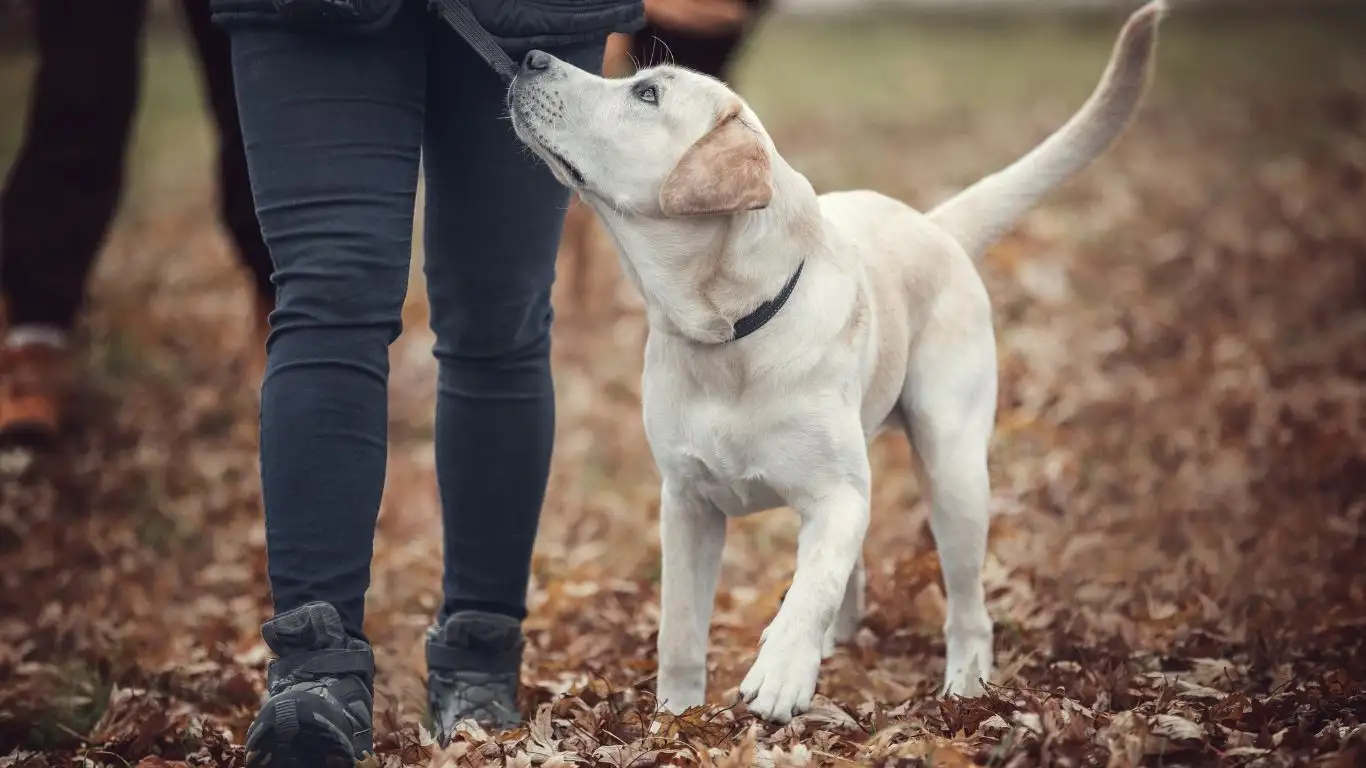
Once your dog has a solid grasp of the wait command in calm, controlled settings, the next big step is to transfer that behavior to actual street corners. This can feel a bit overwhelming at first—trust me, I’ve been there! Real streets come with a flood of distractions: cars zooming by, other dogs walking, and people chatting or rushing past. The key here is patience and gradual exposure.
Start by choosing quieter corners during less busy times of the day. For example, early mornings or late afternoons can be ideal when there’s less hustle. Walk your dog on a short leash, and approach the corner calmly. When you reach the curb, give the “wait” command and hold the leash steady. If your dog stops and waits, even for a few seconds, reward immediately with a treat or praise. This helps them connect the real-world scenario with the behavior you practiced.
In my years as a trainer, I’ve noticed that many owners rush this phase, which can confuse dogs. If your dog pulls or tries to cross prematurely, gently guide them back to the curb and try again without scolding. Remember, the goal is to make waiting a positive and safe experience, not a punishment.
Handling Distractions Without Losing Control
Distractions are the biggest challenge when training dogs to wait at street corners. Whether it’s a loud motorcycle or a squirrel darting across the road, your dog’s instincts will naturally want to react. The trick is to teach your dog to notice distractions but keep their focus on you.
Here are a few tips from my personal toolkit that really work:
- Use high-value treats: Save your best treats for training near street corners or other high-distraction areas. This makes waiting more rewarding than chasing after distractions.
- Keep your energy calm and confident: Dogs pick up on your vibe, so staying relaxed but assertive helps them feel safe and focused.
- Practice “look at me” or “focus” commands: Teaching your dog to look at you on cue can redirect their attention when something catches their eye unexpectedly.
For example, if a dog on the other side of the street catches your dog’s attention, a quick “look at me” paired with a treat can work wonders. It’s like saying, “Hey, I’m more interesting than that!” And over time, your dog will naturally tune into you more often.
Incorporating Safety Tools: Harnesses, Leashes, and More
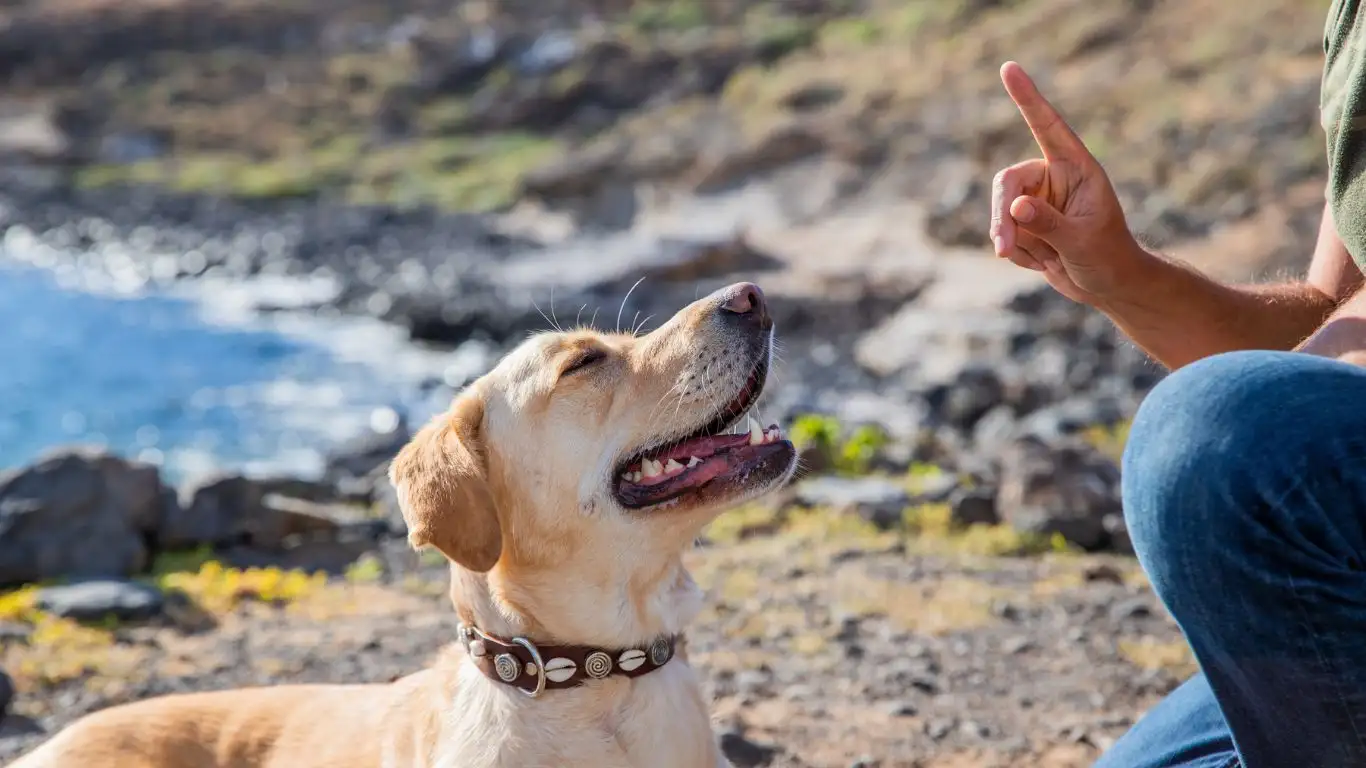
From my professional perspective, having the right gear can make all the difference during street corner training. Using a well-fitted harness instead of a collar helps reduce strain on your dog’s neck if they get excited or try to lunge. Plus, a harness gives you better control without causing discomfort.
Here’s what I usually recommend for training sessions:
- Front-clip harness: This type of harness gently steers your dog back towards you when they pull, encouraging better leash manners.
- Short, sturdy leash: Keep it between 4 to 6 feet long. Longer leashes can cause slack, making it harder to control your dog at critical moments.
- Clicker or marker word: If you use clicker training or marker words like “yes,” they can help your dog quickly understand when they’re doing the right thing.
Having these tools at hand not only improves safety but also builds confidence for both you and your dog. The more secure you feel, the smoother your training sessions will go.
Recognizing and Managing Stress Signals
As much as we want our dogs to focus and wait calmly, sometimes the street corner environment can be stressful, especially for sensitive or reactive dogs. Over the years, I’ve learned to watch for subtle signs of stress that often go unnoticed:
- Yawning or lip licking
- Turning their head away or avoiding eye contact
- Pacing or shifting weight nervously
- Whining or low growling
If you notice any of these signals, it’s a good idea to take a step back. Move to a quieter corner or give your dog some space to decompress before trying again. Forcing a stressed dog to wait can backfire and create negative associations with the command or environment.
One trick I often share is to incorporate short “breaks” during training walks. Let your dog sniff around or take a moment to relax in a less stimulating area. These little resets help them reset emotionally and come back to the task with a clearer mind.
Consistency and Building a Routine for Success
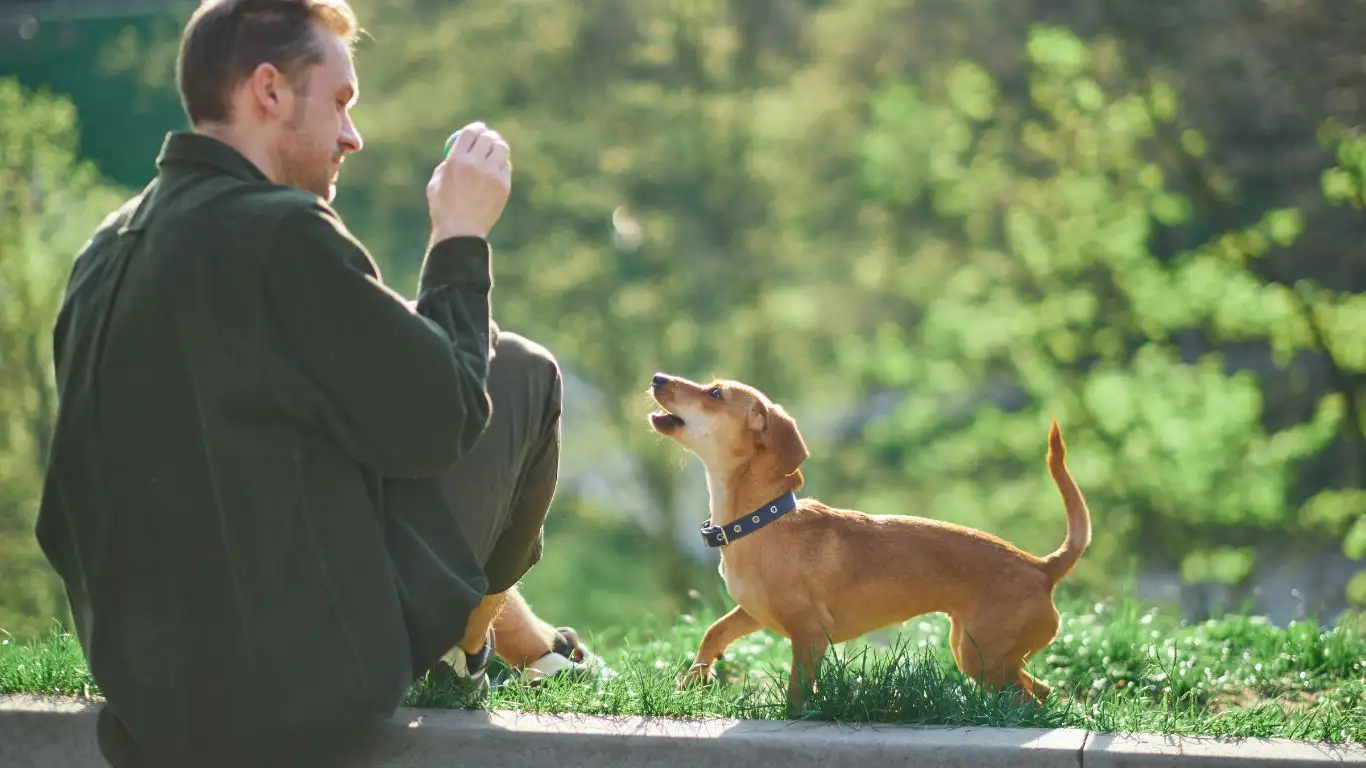
Consistency is truly the magic ingredient when teaching your dog to wait at street corners. Practicing this skill daily, even in small doses, reinforces the behavior and makes it part of your dog’s natural routine.
From my experience working with therapy dogs and their handlers, creating a predictable routine helps dogs understand expectations. For example, every time you approach a corner, say “wait,” pause, and reward the calm behavior. Over time, your dog will begin to anticipate this pattern and respond automatically.
Here are a few quick tips to keep the momentum going:
- Keep training sessions short and positive—about 5 to 10 minutes to avoid burnout.
- Use the same command word and hand signals consistently.
- Practice at different times and locations to generalize the behavior.
- Celebrate small wins—every successful wait counts!
Remember, teaching your dog to wait at street corners isn’t just a box to check. It’s a crucial safety skill that deepens your communication and trust with your furry companion.
Troubleshooting Common Challenges When Teaching Your Dog to Wait at Street Corners

Even with all the right steps, training your dog to wait at street corners can hit some bumps along the way. From my experience as a Canine-Assisted Therapy Trainer, every dog is different, and sometimes unexpected challenges pop up. Don’t worry—these are totally normal and can be handled with a bit of patience and tweaking your approach.
My Dog Won’t Stay Still and Keeps Trying to Cross
This is probably the most common issue I hear about. Dogs are naturally curious and excited by moving vehicles or pedestrians. When your dog pulls toward the street, it’s usually because they haven’t fully connected the “wait” command with the street corner context yet.
One trick I use is to break down the training into smaller steps. Before heading to busy corners, practice waiting at simple curbs or even lines on the sidewalk. Gradually increase the distractions as your dog becomes more reliable. Also, keep your leash short but relaxed to maintain gentle control without causing tension. Consistently rewarding any pause, even a brief one, helps build that habit.
My Dog Gets Distracted by Other Dogs or People Nearby
Distracted dogs are tough but totally manageable. I always recommend working on focus or “look at me” commands alongside waiting. When your dog sees another dog or person and their attention drifts, use a cheerful voice and ask for eye contact. Reward quickly when they refocus on you.
Sometimes, it helps to take a step or two back from the distraction and try again, so the environment isn’t overwhelming. Remember, it’s about setting your dog up for success rather than pushing them too hard too fast.
What If My Dog Seems Scared or Anxious?
Street corners can be intimidating for some dogs, especially if they’ve had a negative experience or are naturally shy. In these cases, I suggest starting even slower—work in very quiet areas and use lots of positive reinforcement. Patience is everything here.
Offering comfort and reassurance, like a calm voice and gentle petting after successful waits, can boost your dog’s confidence. If anxiety persists, consulting a professional trainer or behaviorist can provide tailored support.
Advanced Tips for Mastering the Wait at Street Corners

Once your dog consistently waits at street corners, you can start refining the skill to handle more challenging scenarios. Here are some tips from my years of hands-on training:
- Practice with variable wait times. Instead of always releasing your dog after a fixed time, mix it up so they learn to rely on your cue, not just timing.
- Introduce hand signals. Some dogs respond faster to visual cues. Pair your “wait” command with a clear hand signal to make communication stronger.
- Train with different handlers. If other family members walk your dog, ensure they all use the same command and reward system. Consistency across handlers is key.
- Simulate real-life distractions. Try practicing near playgrounds, bike paths, or busy crosswalks to prepare your dog for anything they might encounter.
One thing I always emphasize: keep your training positive and fun. Dogs learn best when they’re engaged and enjoying the process, so mix in play breaks and always celebrate progress, no matter how small.
Building a Lifelong Habit: The Bigger Picture of Dog Safety
Teaching your dog to wait at street corners is about so much more than a single command. It’s a vital part of responsible dog ownership and safety. Over time, this training helps build your dog’s overall impulse control, making walks less stressful and more enjoyable for both of you.
From my personal journey working with therapy dogs, I’ve seen how this skill can even translate to better behavior indoors and in other public spaces. When a dog knows how to pause and listen, they’re less likely to get overwhelmed or reactive.
Ultimately, training your dog to wait calmly at street corners fosters a stronger bond built on trust and communication. It’s one of those small investments in time and patience that pays off with peace of mind and happier, safer outings.
References
Disclaimer
This article is intended for informational purposes only and is based on the author’s personal experience and professional expertise as a Canine-Assisted Therapy Trainer. Always consult with a qualified veterinarian or professional dog trainer before starting new training programs or if your dog exhibits behavioral or health issues. Individual dogs may respond differently to training techniques, and patience is key to success.
